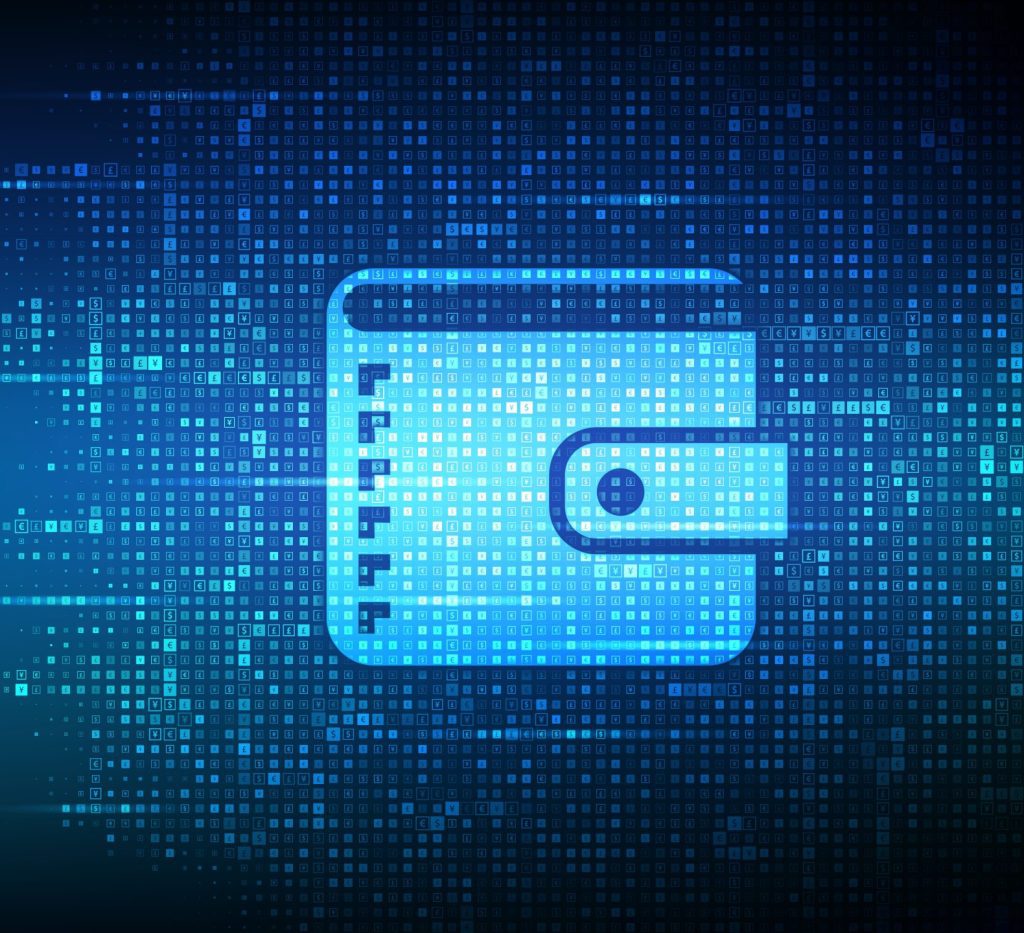Digital wallets, such as Apple Pay and Google Pay, have transformed how consumers make payments by offering convenience and enhanced security. Despite their benefits, many Americans remain cautious about fully adopting this technology. Concerns around privacy, security breaches, and the fear of losing money in digital transactions contribute to the hesitation, even as financial institutions and tech companies work to reassure users of the safety of digital wallets.
Digital wallets use advanced encryption and tokenization to protect sensitive payment information, making them a safer alternative to traditional payment methods like credit cards. However, Americans’ reluctance to embrace these platforms suggests that more education and awareness are needed to build trust in the technology.
Why Digital Wallets Are Safe
The security features of digital wallets are designed to protect users from fraud and unauthorized access. Some of the most important safety aspects include:
- Tokenization: Digital wallets replace sensitive information, such as credit card numbers, with unique tokens that are used during transactions. This means that even if a hacker intercepts the data, they won’t have access to the actual payment details.
- Encryption: All data transmitted through digital wallets is encrypted, ensuring that it cannot be read by unauthorized parties.
- Biometric authentication: Many digital wallets require biometric verification, such as fingerprint scanning or facial recognition, before completing transactions, adding an extra layer of security.
- Contactless transactions: Digital wallets offer the advantage of contactless payments, reducing the risk of physical card skimming or losing a card altogether.
Why Some Americans Remain Wary
Despite the robust security features of digital wallets, many Americans still hesitate to use them. Some reasons for their caution include:
- Lack of understanding: Many consumers are unfamiliar with how digital wallets work and how secure they really are. Misconceptions about data privacy and potential fraud deter them from adopting the technology.
- Fear of breaches: High-profile data breaches at major companies have made consumers wary of storing their payment information digitally, even though digital wallets often offer better protection than traditional methods.
- Comfort with traditional payments: Some consumers are simply more comfortable using physical cards or cash, which they perceive as being more reliable and less susceptible to technical glitches or cyberattacks.
Building Trust in Digital Wallets
For digital wallets to gain widespread adoption in the U.S., companies need to invest in educating consumers about the safety and convenience of these platforms. Raising awareness about the security benefits of tokenization, encryption, and biometric authentication can help ease concerns and encourage more Americans to give digital wallets a try.
Banks, fintech companies, and payment providers can play a key role in building trust by promoting the advantages of digital wallets and reassuring consumers that their payment information is secure. Incentives such as cashback rewards, discounts, or enhanced loyalty programs can also encourage hesitant users to make the switch.
The Future of Digital Wallets in the U.S.
As more Americans become aware of the security features and convenience offered by digital wallets, adoption rates are expected to rise. The continued growth of e-commerce, contactless payments, and mobile banking is likely to further drive the shift toward digital wallets, especially among younger, tech-savvy consumers.
While some Americans remain cautious, the safety of digital wallets is increasingly recognized, and efforts to educate consumers on their benefits are likely to bridge the gap. As trust in digital wallets grows, they are poised to become a central part of everyday financial transactions in the U.S.
